Why online shopping is killing Australian shopping centres amid COVID
Shopping centres are lying empty thanks to COVID-19 and now face another challenge that could be the final nail in the coffin.
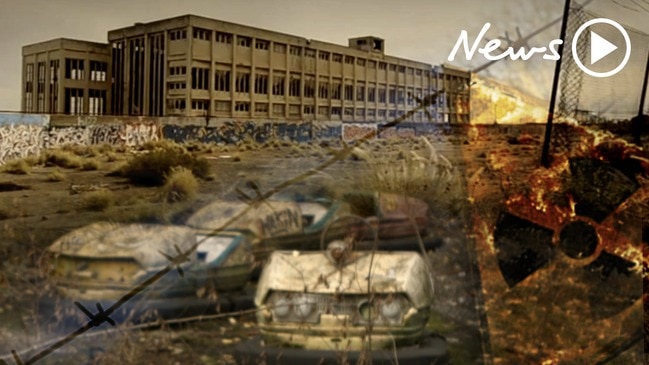
The future of Australia’s shopping centres was unclear even before the pandemic. Were we going to go down the American path of abandoned malls, or ‘dead malls’? Was online shopping going to kill the mall? The pandemic has shaken faith in the sector even further.
On Tuesday, one of the big companies that owns shopping centres came clean to shareholders on how business has been going over the last year.
The company, called Shopping Centres Australasia Property Group, owns dozens of shopping malls across Australia. The centres it owns aren’t the giant ones with a Uniqlo and a cinema. They’re mostly just local ones with a Woolworths and a few other shops, many of them in rural and regional Australia.
If any sort of shopping centre is going to survive the COVID-19 pandemic it should be one with a supermarket, and ones outside the big cities. But even these guys are struggling.
They admitted their shopping centres were worth $88 million less because of the impact of the coronavirus, and that was before Victoria’s second wave got going.
They are keeping tenants in, but only by deferring rents and offering lower rents to keep businesses in place. The CEO said they will continue to chase tenants for around $23 million in rental payments that were deferred – but they expect most of that money will never be paid.
WHITHER THE MALL?
As 2020 dawned, the shopping centre business was already looking weak, with the Australian economy limping along, retailers going broke left and right, and online shopping gathering momentum.
The coronavirus has been a disaster: an acute hit in the short-term, plus two changes that hurt in the medium to long-term: Rapidly increasing the popularity of online shopping, and hurting the economy badly for the next several years.
RELATED: Follow the latest coronavirus updates here
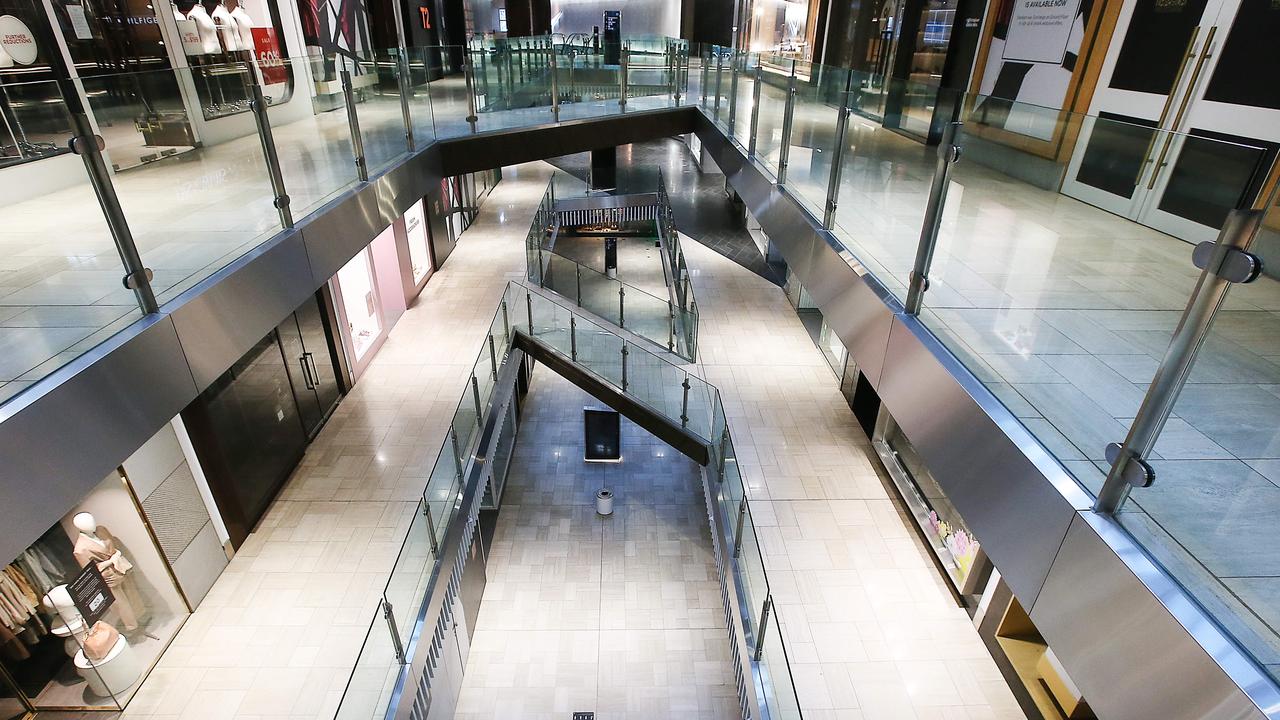
RELATED: RBA’s ‘truly terrifying’ economic prediction
As the next graph shows, the share price of shopping centre owners have been slammed since the coronavirus arrived on our shores.
Scentre Group and Vicinity Centres have been hit even harder than Shopping Centres Australasia Property Group. Their shopping centres are less focused on the basic food shopping that has gone so well in the pandemic, and more focused on clothes, food courts, cinemas and luxury.
Scentre owns Westfield malls in Australia. Vicinity Centres owns Chadstone and Emporium in Melbourne – both very fancy shopping destinations – plus Chatswood in Sydney and QueensPlaza in Brisbane.
The next chart shows one big reason why shopping centres are feeling forlorn: clothing spending has taken a massive hit in Australia, and barely recovered before Victorians stopped buying clothes again.
RE LATED: Economic crash will devastate us all
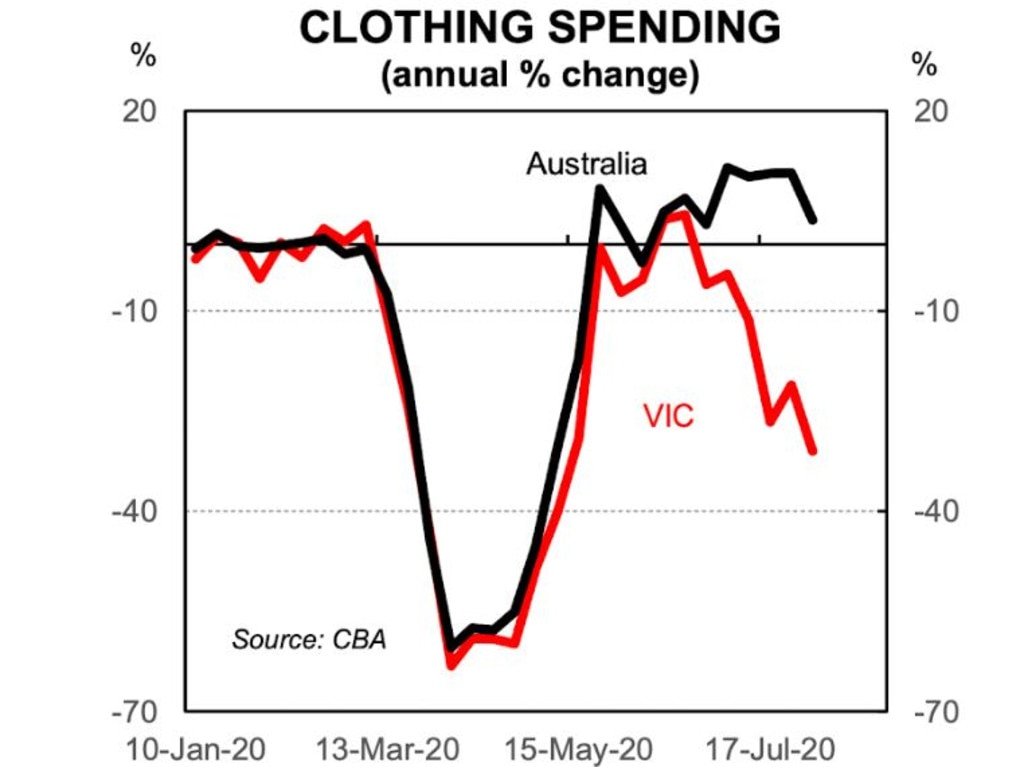
The fall in clothing spending is poison for malls that depend on selling fancy threads.
Take Chadstone shopping centre. It calls itself The Fashion Capital, and it’s the biggest mall in the country, boasting a BVLGARI, a Fendi, Hermes and a Prada. But for as long as Victorians are all sitting at home in their tracky-dacks it’s just a big empty space.
RELATED: Victoria’s new lockdown rules explained
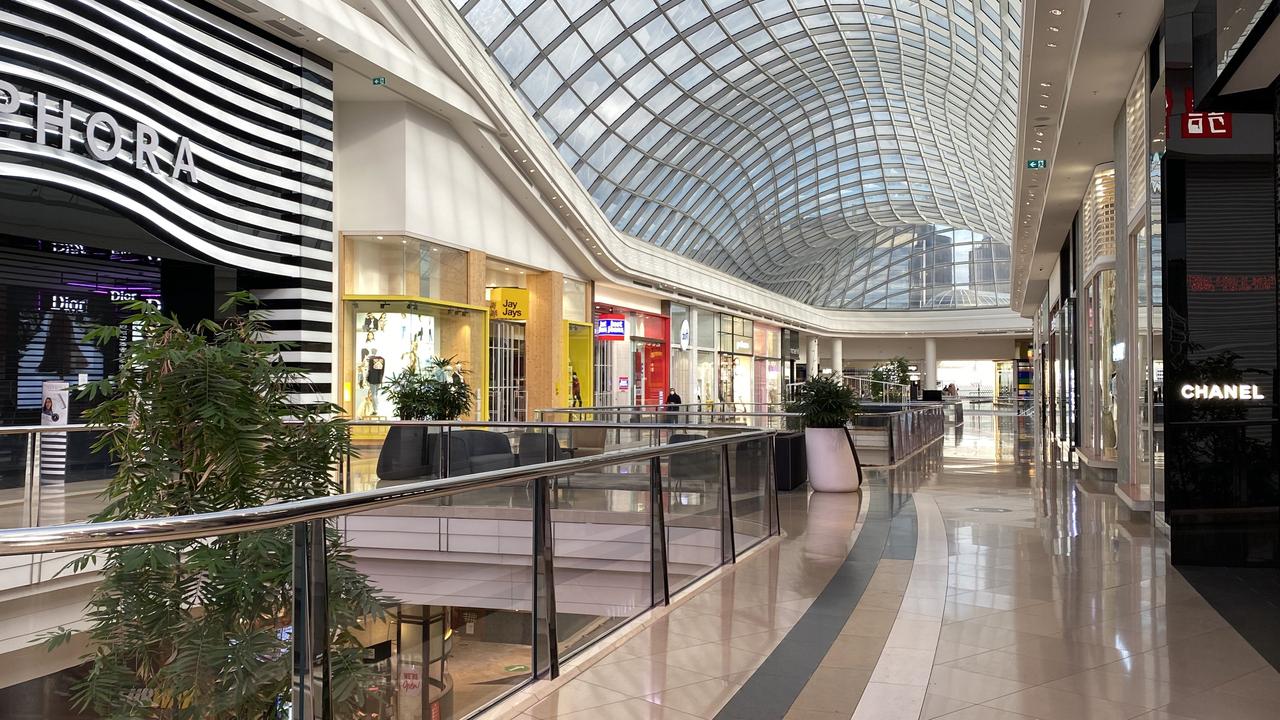
RELATED: Australian ‘dead malls’ warning
On 24 July, Vicinity Centres, which owns Chadstone said this: “Customer visitation across our portfolio is 68 per cent of the prior year level, with 83 per cent of stores trading.”
That was meant as good news, but to me, it seems that when around one in five shops in a shopping centre is closed it looks pretty bleak. And then of course the Victorian Government introduced a huge lockdown and curfew on August 2, completely ruining things for big shopping centres.
While shops are closed, we’re developing a new habit: online shopping. That’s great news for retailers, but not great news for shopping mall owners. As the next graph shows, online shopping used to have a predictable seasonal spike around Christmas.
This year it is having a huge lift in the middle of the year. That will relax a little bit once the pandemic is over but it will never go back to where it was.
RELATED: Follow our live coronavirus coverage
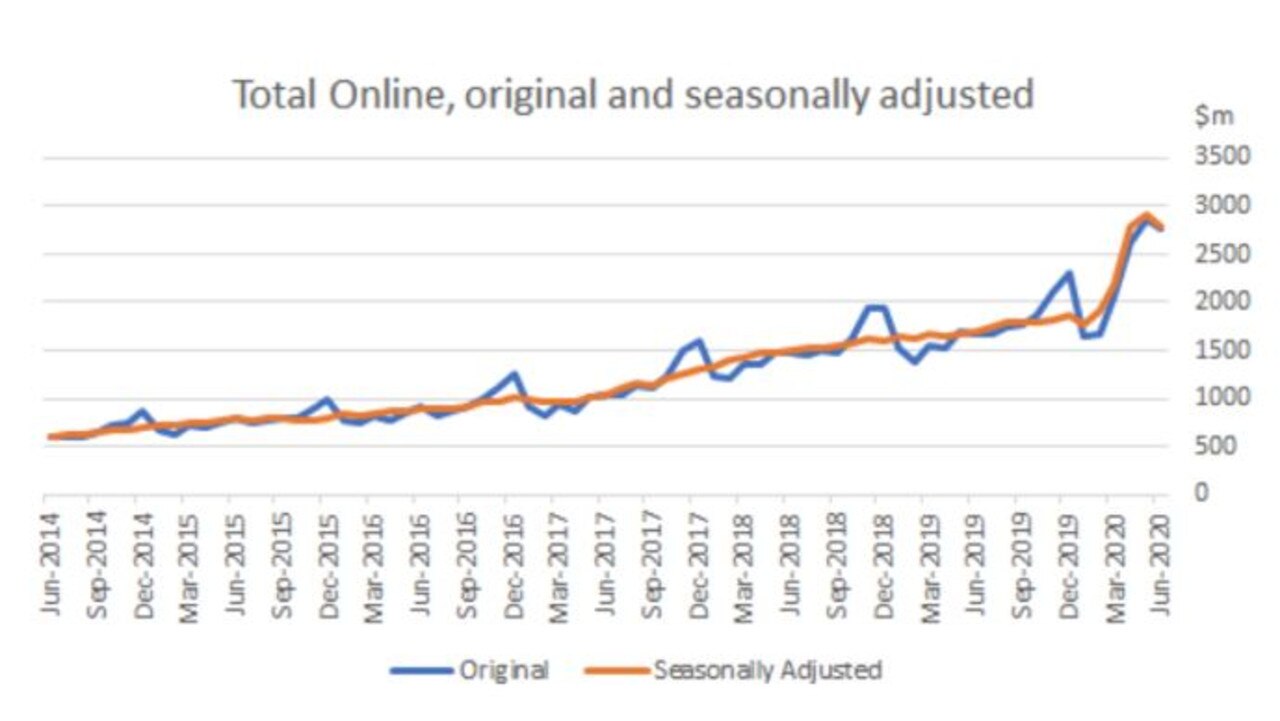
Supermarkets and bottle shops are going strong. So is Bunnings. But many small retail businesses will be able to afford only lower rents in future. That means lower revenues for shopping centre owners.
For some malls, it might also mean it is time to close.
Jason Murphy is an economist | @jasemurphy. He is the author of the book Incentivology.




